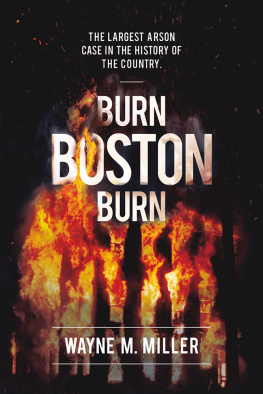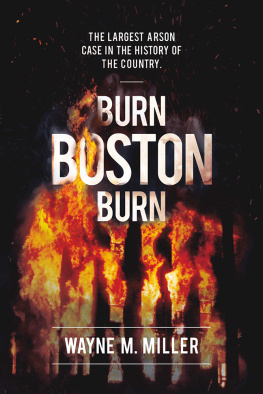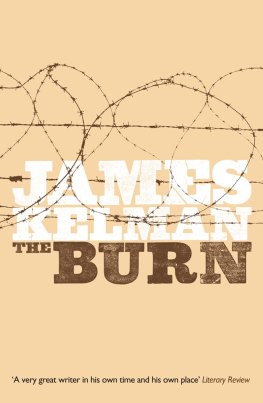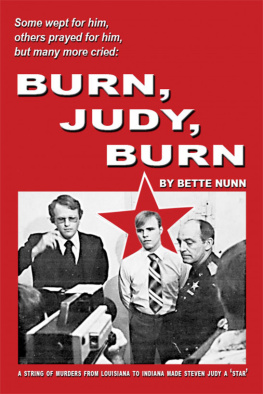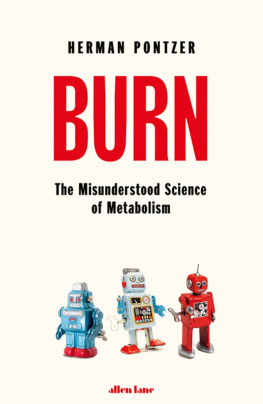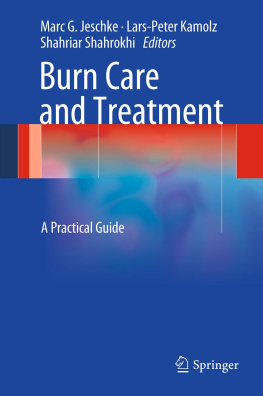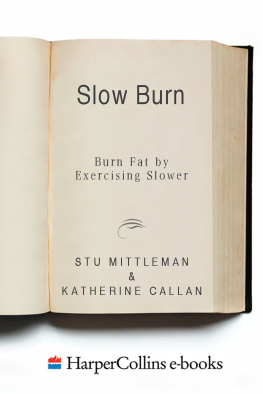Wayne Miller - Burn Boston Burn
Here you can read online Wayne Miller - Burn Boston Burn full text of the book (entire story) in english for free. Download pdf and epub, get meaning, cover and reviews about this ebook. year: 2019, publisher: BookBaby, genre: Detective and thriller. Description of the work, (preface) as well as reviews are available. Best literature library LitArk.com created for fans of good reading and offers a wide selection of genres:
Romance novel
Science fiction
Adventure
Detective
Science
History
Home and family
Prose
Art
Politics
Computer
Non-fiction
Religion
Business
Children
Humor
Choose a favorite category and find really read worthwhile books. Enjoy immersion in the world of imagination, feel the emotions of the characters or learn something new for yourself, make an fascinating discovery.
- Book:Burn Boston Burn
- Author:
- Publisher:BookBaby
- Genre:
- Year:2019
- Rating:5 / 5
- Favourites:Add to favourites
- Your mark:
- 100
- 1
- 2
- 3
- 4
- 5
Burn Boston Burn: summary, description and annotation
We offer to read an annotation, description, summary or preface (depends on what the author of the book "Burn Boston Burn" wrote himself). If you haven't found the necessary information about the book — write in the comments, we will try to find it.
Burn Boston Burn — read online for free the complete book (whole text) full work
Below is the text of the book, divided by pages. System saving the place of the last page read, allows you to conveniently read the book "Burn Boston Burn" online for free, without having to search again every time where you left off. Put a bookmark, and you can go to the page where you finished reading at any time.
Font size:
Interval:
Bookmark:

Copyright 2019 by Wayne M. Miller
All rights reserved. No part of this book may be reproduced or transmitted in any form or by any means, electronic or mechanical, including photocopying, recording, or by any information storage and retrieval system, without permission in writing from the author.
Printed in the United States of America.
Cover design by Mike Clark Design
Subjects: Non-fiction, crime
Paperback ISBN-13: 978-1-7333403-0-4
E-book ISBN-13: 978-1-7333403-2-8
Hardback ISBN-13: 978-1-7333403-1-1
To all those who have been victims of fires,
To the firefighters who fight them, and
To the fire investigators who go the distance,
May you all have the strength to carry on.
FOREWORD
B oston has been no stranger to fire. Since its earliest days, dating back to British North America, the port of Boston experienced frequent devastating fires. The abundance of wood led the fledgling town to construct buildings of wood and brick with wood. All would prove ample fodder for future conflagrations.
Being North Americas closest port to Europe, Boston soon established itself as the most important of the new colonies. Trading was one of the major enterprises. This led to the construction of many densely packed wharves and warehouses, providing for an even greater fire hazard. Ship building and maritime trade were conducted exclusively with wooden vessels.
After several conflagrations swept the young town, its first fire engine was imported from England in 1678. This engine was strategically located in Dock Square with men assigned to tend the engine. The roots of the Boston Fire Department are traced to this first engine which has direct lineage to todays Engine Co.
Not all fires in the new town were accidental. Arson, a most feared and heinous crime in any settlement, was not taken lightly. When the arsonist(s) were caught, they were dealt with severely. Throughout its history, Boston, like any other large city, has had its share of arson and arsonists. The reasons are readily known: revenge, profit, pyromania, spite, espionage, terrorism and psychotic disorders.
Major arson outbreaks occurred following World War I when large scale unemployment fueled a wave of anarchy and communist activism. A group known as the Red Roosters set numerous fires in Boston. During the years of the Great Depression, many businesses fell victim to the torch as enterprises failed. Arson was suspected in several major fires in Boston during World War II. In April of 1967, an arson epidemic in the North End threw that congested Italian neighborhood into a panic. Five fatalities resulted from the fires and vigilante groups patrolled the streets at night. No one was ever charged with the crimes and the fires ended as quickly as they started. During the mid-1970s an arson for profit ring operated in the Westland Avenue/Symphony Road area of Boston until brought to justice. Soaring gasoline prices in the late 1970s resulted in thousands of automobiles torched annually in Boston. Aggressive investigation and prosecution by the Boston Fire Investigation Unit brought the problem under control.
In the late 1970s a tax-limiting movement, Proposition 13, took root in California. Citizens worn out by an ever-increasing tax burden jumped aboard the referendum and similar petitions surfaced across the country. In 1980 Proposition 2 was placed on the ballot in Massachusetts and was overwhelmingly approved by the voters. The measure limited the increase in property taxes to 2 percent per year, thus saddling politicians with a new reality of stringent budgeting and accountability. In Boston Mayor Kevin H. White, in his twelfth year as mayor, flexed his political muscle and said he would show the voters budget cuts unlike any seen before. He would cut public safety and education. His arrogance was shown when he declared his political operatives as important as any fireman or cop.
Nineteen eighty-one began ominously for the Boston Fire Department. Three multiple alarm fires occurred on January 4th. January 7 th was another cold winter day where the temperature barely got above freezing. Early that morning a 29-year-old-woman perished in a one alarm fire on Monson Street in Lower Mills. At 3:36 that morning a two-alarm fire swept through a three- decker at 1454 Tremont Street in Roxbury. Early that afternoon a baby girl died in a Mattapan fire. At 3:08 that afternoon, a fire was discovered in a four-story brownstone building at 16 Arlington Street in Bostons Back Bay. Heavy fire was showing and multiple alarms were sounded in rapid succession. As the interior attack on the fire continued, a partial collapse occurred trapping many Boston firefighters. Extraordinary efforts were put forward over the next several hours to rescue their comrades. In the end, Fire Lieutenant Paul M. Lentini and Fire Fighter James M. Gibbons, both on Engine 37, were fatally injured.
The next morning a nine-alarm fire swept through an apartment building at 307 Huntington Avenue, which resulted in one civilian fatality. Weary Boston firefighters were called out again that evening for another nine-alarm blaze in an apartment complex in Brighton. Another major fire broke out on January 9 th at 10 Museum Road a stones throw from Engine 37s quarters.
The rash of fire activity had little impact on Boston City Hall. The planned closing of Boston fire companies scheduled for the following month would proceed.
On February 2, General Order No. 9 was issued, deactivating Engine Co. 25 and 43 and Ladder Co. 20. Engine 43 and Ladder 20 were two of the busiest companies in the city. Further cuts took place on April 10 th when Engines 1, 12, 26, 34, 45, 50 and 54, Ladder 5, 8, 22, 30 and 31 and Rescue 2 were deactivated. On October 20, Engines 11, 36 and Ladder 13 were deactivated. Along with the company closing, hundreds of firefighters were laid off and fire officers were demoted. Retirement incentives led to a significant departure of senior officers and members of the department, a serious impact for the department that would be felt for years to come.
To keep minimal staffing on the remaining fire companies, the department had to hire overtime personnel on every shift. Fewer companies were fighting more fires and the members of the department were feeling the effects as injuries mounted.
The mayor made it clear that until a measure which would give the city a new source of revenue, the Tregor Bill, was passed there would be no rehiring of the laid-off firefighters. It had become a political issue with the fire and police departments being the pawns.
Nothing gave any indication of what would take place commencing in late 1981 and into 1982. The usual heavy fire load took a sharp upturn when simultaneous multiple alarm fires began occurring with alarming frequency. Without a specific pattern serious, fires began breaking out, one right after the other, in various parts of the city. Investigators were stymied; all angles were checked trying to find any indicators that could provide solid leads towards finding the perpetrators or predicting where they would strike next. The depleted Boston Fire Department was being exhausted, taxed to its limits and the city was near panic.
Special Agent Wayne Miller, an investigator for the Bureau of Alcohol, Tobacco and Firearms, was part of that team of investigators that ultimately solved the greatest arson ring in Bostons history. In penning Burn Boston Burn , he has documented those harrowing nights in the City of Boston when this group of individuals terrorized the city, but more importantly, the how and why the crimes were committed is covered in chilling detail.
By Paul A. Christian, Boston Fire Department Commissioner and Chief of the Department, November 9, 2001 September 4, 2006
Font size:
Interval:
Bookmark:
Similar books «Burn Boston Burn»
Look at similar books to Burn Boston Burn. We have selected literature similar in name and meaning in the hope of providing readers with more options to find new, interesting, not yet read works.
Discussion, reviews of the book Burn Boston Burn and just readers' own opinions. Leave your comments, write what you think about the work, its meaning or the main characters. Specify what exactly you liked and what you didn't like, and why you think so.

